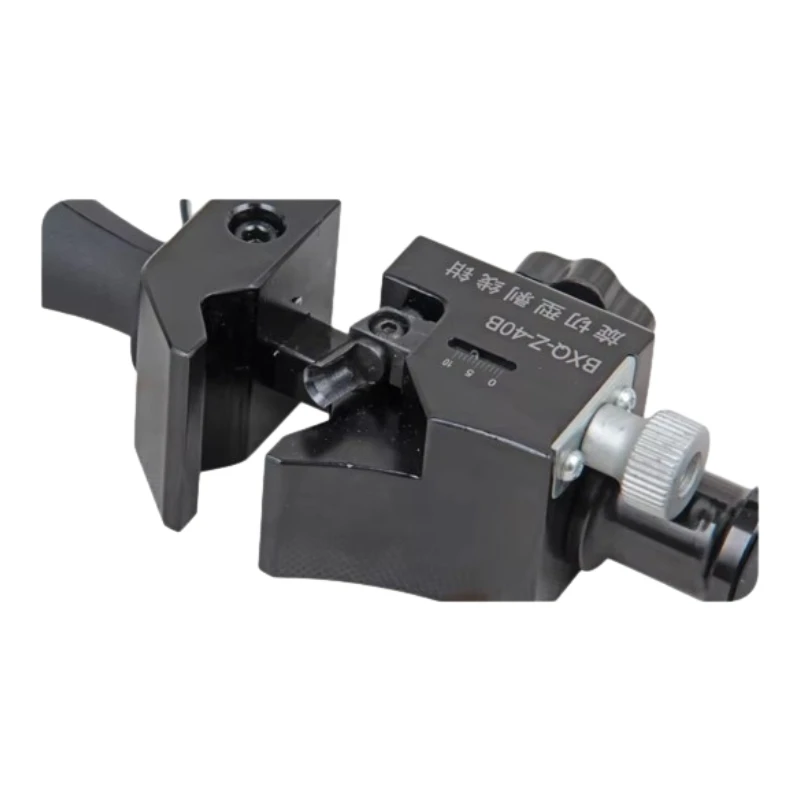
-
 Afrikaans
Afrikaans -
 Albanian
Albanian -
 Amharic
Amharic -
 Arabic
Arabic -
 Armenian
Armenian -
 Azerbaijani
Azerbaijani -
 Basque
Basque -
 Belarusian
Belarusian -
 Bengali
Bengali -
 Bosnian
Bosnian -
 Bulgarian
Bulgarian -
 Catalan
Catalan -
 Cebuano
Cebuano -
 Corsican
Corsican -
 Croatian
Croatian -
 Czech
Czech -
 Danish
Danish -
 Dutch
Dutch -
 English
English -
 Esperanto
Esperanto -
 Estonian
Estonian -
 Finnish
Finnish -
 French
French -
 Frisian
Frisian -
 Galician
Galician -
 Georgian
Georgian -
 German
German -
 Greek
Greek -
 Gujarati
Gujarati -
 Haitian Creole
Haitian Creole -
 hausa
hausa -
 hawaiian
hawaiian -
 Hebrew
Hebrew -
 Hindi
Hindi -
 Miao
Miao -
 Hungarian
Hungarian -
 Icelandic
Icelandic -
 igbo
igbo -
 Indonesian
Indonesian -
 irish
irish -
 Italian
Italian -
 Japanese
Japanese -
 Javanese
Javanese -
 Kannada
Kannada -
 kazakh
kazakh -
 Khmer
Khmer -
 Rwandese
Rwandese -
 Korean
Korean -
 Kurdish
Kurdish -
 Kyrgyz
Kyrgyz -
 Lao
Lao -
 Latin
Latin -
 Latvian
Latvian -
 Lithuanian
Lithuanian -
 Luxembourgish
Luxembourgish -
 Macedonian
Macedonian -
 Malgashi
Malgashi -
 Malay
Malay -
 Malayalam
Malayalam -
 Maltese
Maltese -
 Maori
Maori -
 Marathi
Marathi -
 Mongolian
Mongolian -
 Myanmar
Myanmar -
 Nepali
Nepali -
 Norwegian
Norwegian -
 Norwegian
Norwegian -
 Occitan
Occitan -
 Pashto
Pashto -
 Persian
Persian -
 Polish
Polish -
 Portuguese
Portuguese -
 Punjabi
Punjabi -
 Romanian
Romanian -
 Russian
Russian -
 Samoan
Samoan -
 Scottish Gaelic
Scottish Gaelic -
 Serbian
Serbian -
 Sesotho
Sesotho -
 Shona
Shona -
 Sindhi
Sindhi -
 Sinhala
Sinhala -
 Slovak
Slovak -
 Slovenian
Slovenian -
 Somali
Somali -
 Spanish
Spanish -
 Sundanese
Sundanese -
 Swahili
Swahili -
 Swedish
Swedish -
 Tagalog
Tagalog -
 Tajik
Tajik -
 Tamil
Tamil -
 Tatar
Tatar -
 Telugu
Telugu -
 Thai
Thai -
 Turkish
Turkish -
 Turkmen
Turkmen -
 Ukrainian
Ukrainian -
 Urdu
Urdu -
 Uighur
Uighur -
 Uzbek
Uzbek -
 Vietnamese
Vietnamese -
 Welsh
Welsh -
 Bantu
Bantu -
 Yiddish
Yiddish -
 Yoruba
Yoruba -
 Zulu
Zulu


Jan . 01, 2025 01:08 Back to list
Fiberglass Reinforced Threaded Rods for Durable Construction and Design Applications
The Versatility and Strength of Fiberglass Threaded Rods
Fiberglass threaded rods have emerged as a crucial component in various industries due to their unique combination of strength, resilience, and corrosion resistance. Unlike traditional metal rods, fiberglass threaded rods are made from reinforced plastic, typically consisting of a resin matrix and fiberglass strands. This innovative composition confers a number of advantages that make them ideal for a wide range of applications, from construction to manufacturing.
1. Outstanding Corrosion Resistance
One of the most significant benefits of fiberglass threaded rods is their excellent resistance to corrosion. While metal rods are susceptible to rust and degradation when exposed to moisture or corrosive environments, fiberglass does not corrode. This feature makes fiberglass rods particularly valuable in marine applications, chemical processing plants, and other environments where exposure to harsh elements is a concern. As a result, projects that utilize fiberglass rods can expect a longer lifespan with reduced maintenance requirements.
2. Lightweight and High Strength
Fiberglass threaded rods boast a high strength-to-weight ratio, making them easier to handle and install compared to traditional metal rods. This lightweight property is advantageous for both construction and manufacturing applications, where reducing the overall weight of materials can lead to savings in transportation and labor costs. Despite their lightness, fiberglass rods are remarkably strong and can withstand significant tensile and compressive forces, making them suitable for demanding structural applications.
3
. Electrical Insulationfiberglass threaded rod

Another notable characteristic of fiberglass threaded rods is their non-conductive nature. Unlike metal, fiberglass does not conduct electricity, making it an excellent choice for applications in environments where electrical insulation is critical. This feature is particularly beneficial in electrical installations, telecommunications, and the aerospace industry, where safety and performance are paramount. By using fiberglass threaded rods, engineers can ensure that their installations are both safe and efficient.
4. Versatile Applications
The versatility of fiberglass threaded rods allows them to be used in a variety of applications across numerous industries. In construction, they are often used for reinforcing structures, anchoring heavy equipment, and even as components in precast concrete elements. Similarly, in the manufacturing sector, fiberglass rods can serve as support structures, fastening elements, or even component parts in specialized machinery. Additionally, their use in outdoor signage and decorative applications highlights their aesthetic flexibility.
5. Environmental Considerations
As environmental concerns continue to shape industry practices, fiberglass threaded rods offer an eco-friendly alternative to traditional materials. The production of fiberglass involves less energy compared to the extraction and processing of metals. Furthermore, fiberglass rods are often produced using recycled materials, contributing to sustainability efforts. Their longevity and reduced maintenance needs also mean that fewer resources are required for replacement and repairs over time.
6. Conclusion
In conclusion, fiberglass threaded rods present a valuable alternative to conventional metal rods across a multitude of applications. Their resistance to corrosion, lightweight yet strong structure, electrical insulation properties, and versatility make them an ideal choice for industries ranging from construction to telecommunications. As innovation continues to drive the evolution of materials, the adoption of fiberglass threaded rods is likely to grow, further solidifying their role as a reliable and environmentally friendly choice in modern engineering and manufacturing processes. Whether for structural reinforcement, electrical installations, or innovative manufacturing solutions, fiberglass threaded rods embody the future of material science and engineering resilience.
Latest news
What Are Construction Tools and How Are They Used?
NewsJul.11,2025
Professional-Grade Duct Rodding Tools for Superior Cable Installation
NewsJul.11,2025
Enhancing Safety and Efficiency with Modern Hot Stick Solutions
NewsJul.11,2025
Empowering Cable Installation with Advanced Rodder Solutions
NewsJul.11,2025
Elevate Your Cable Installation Projects with Cable Pulling Tools
NewsJul.11,2025
Efficient Cable Handling Solutions: Cable Rollers for Sale
NewsJul.11,2025











